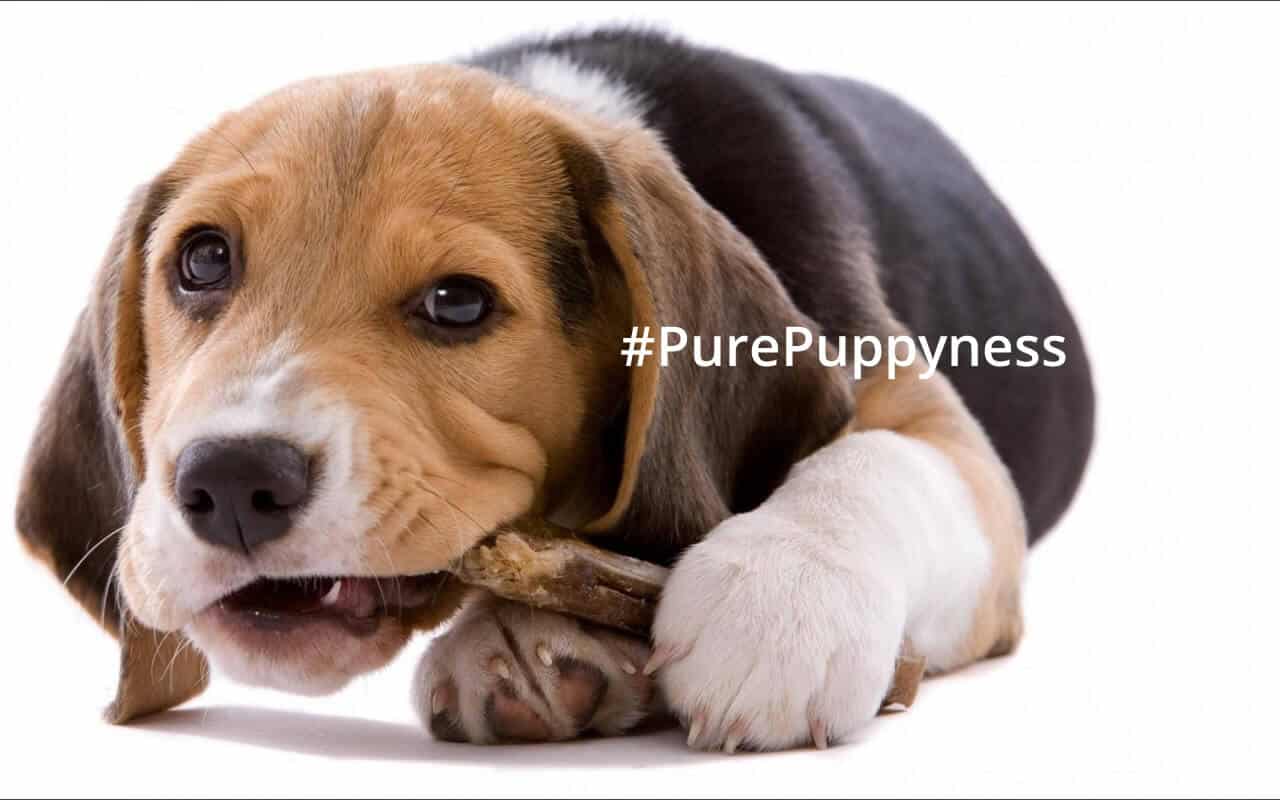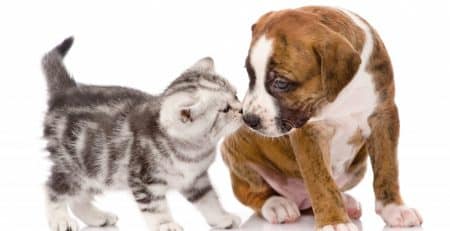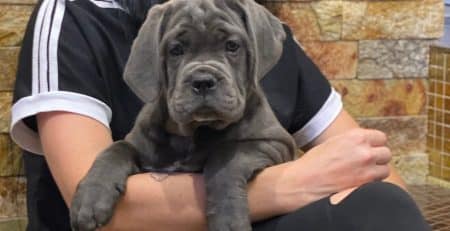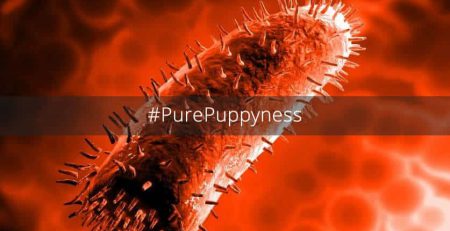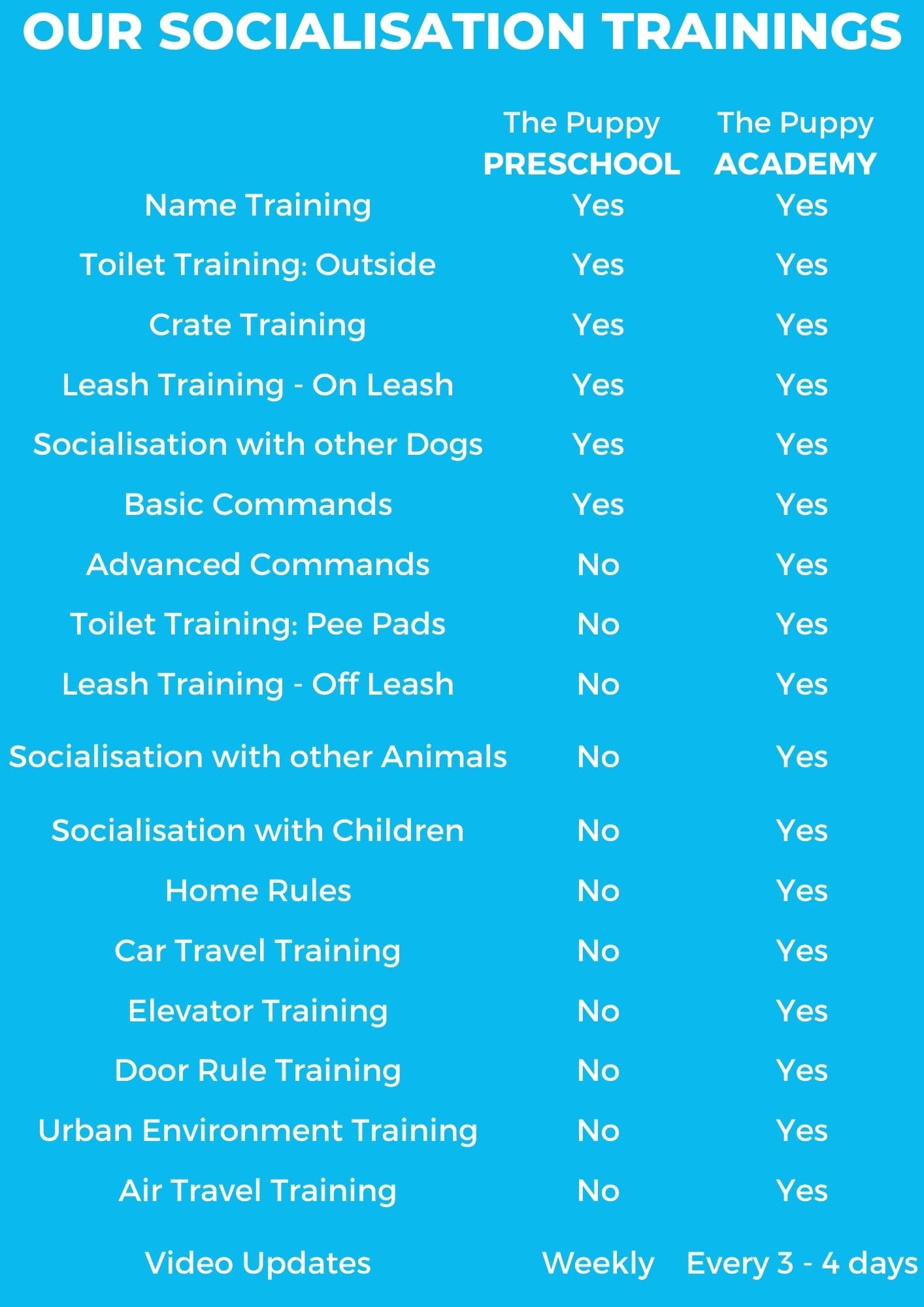Dog Oral Hygiene and Dentistry
It’s easy to forget that dogs have teeth unless you’re extremely wary of getting bitten. It’s even more difficult to remember that they need a fair amount of care. Considering that 80% of all dogs have some sort of oral health problem, it doesn’t take long to realize that this is not something uncommon. Many owners need to open their dog’s mouth a little bit more often to see if anything funky is going on in there. Mouths are the perfect place for a lot of microorganisms such as bacteria to party; mouths are wet, warm and they have a choice of food particles on which these microorganisms can feast.
How can I take care of my dog’s mouth and teeth?
Taking care of your dog’s teeth is less about achieving a tooth paste commercial smile and more about making sure that the teeth stay in place for the entirety of the dog’s life. In order to achieve this a few things must always be kept into consideration. Unless an owner is willing to brush their dog’s teeth every day, occasional tooth brushing is not going to do much difference to the dog’s oral health and hygiene. A flavoured tooth paste might make brushing the dog’s teeth easier and in some cases something the dog looks forward to. A better strategy is to provide dog with rawhide chew toys. These toys not only entertain the dog for a significant amount of time but also give the teeth a good surface on which to rub and get their circulation flowning and increase the vitality of the dog’s gums and their internal structures. Some chew toys are also designed to clean the dog’s teeth while the dog is fooling around with them. Chew toys come in a range of different materials such as nylon, rubber and even edible materials. Both methods mentioned above can be used together to achieve a better result. Perhaps the most important way how to prevent oral disease and tooth decay in dogs is by carefully choosing the food they eat. Dog food containing a higher proportion of meat will greatly help prevent these oral diseases. One reason being that the oral bacteria in the dogs mouth find it easier to feed on carbohydrates than on proteins. Feeding a high meat protein diet results in fewer harmful bacterial by-products, and healthier, more balanced oral bacterial populations.
But what can possibly go wrong?!
To many people’s surprise, a lot can go wrong with a dogs teeth. Dogs having sub-par oral hygiene often have tartar and plaque stuck to their teeth. It is suggested for this build up to be occasionally removed in order to avoid oral disease. Oral disease can start with gingivitis, which is an inflammation of the gums, which then can progress into Periodontitis and Pyorrhea. Pyorrhea is the most severe of cases where not only damage to the gums and bony structures is done (as in the case of Periodontitis), but an infection also develops, which creates pus and results in the loosening and loss of teeth.
Oral hygiene also serves to maintain the dog’s general health. Toxins produced by bacteria do not stick around and stay in the mouth but usually spread by means of the circulatory system and cause harm to some of the body’s most delicate organs, including the brain. The bacteria themselves might also find a way how to spread via the circulatory system and set camp in other organs such as the liver where they can cause great damage. Oral hygiene is therefore a very important factor when it comes to a pet’s longevity, as proper management of these easily avoidable hazards can add a few more years to a dog’s life.
Dentistry in dogs with brachycephaly and strange dentition.
Owners of brachycephalic dogs such as Bulldogs, pugs, and the other many short muzzled dog breeds need to take extra care of their dog’s teeth. This is not because these breeds are particularly prone to having poor or inferior oral hygiene, but because, due to their anatomy, these dogs are more difficult to manage under anaesthesia. Complications during anaesthesia can be very serious, and can sometimes result in the death of the dog. Therefore, it is wise to use the tips provided above to save these dogs the unnecessarily ordeal of being subjected to anaesthetic requiring procedures as much as possible.

